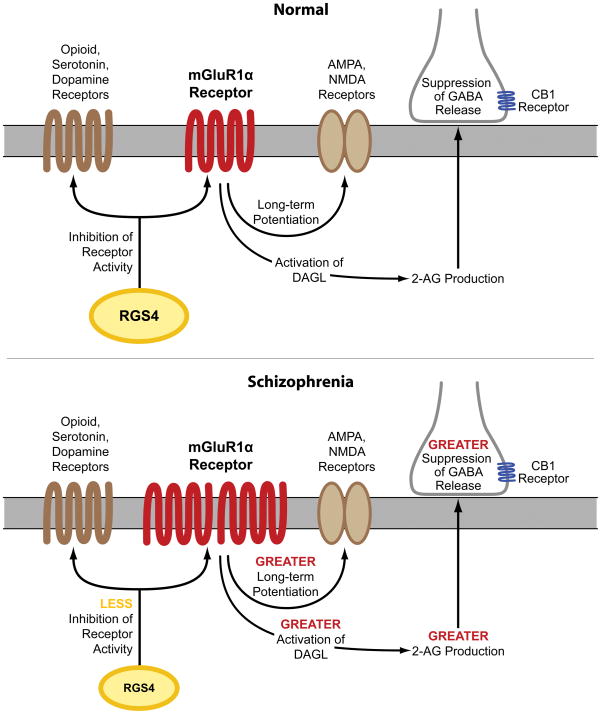Figure 4. Potential downstream effects of alterations in mGluR1α and RGS4 mRNA levels on neurotransmitter systems in schizophrenia.
Top figure: Under normal conditions, activation of mGluR1α results in long-term potentiation of NMDA and AMPA receptors (11) and activation of DAGL which leads to synthesis of 2-AG (24) and suppression of GABA release from nearby inhibitory axon terminals that contain the CB1 receptor (6–10). In addition, RGS4 reduces signaling through several different G protein-coupled receptors, including group I mGluR, opioid, serotonin, and dopamine receptors (13;36–39). Bottom figure: In schizophrenia, higher mGluR1α and lower RGS4 mRNA levels suggest the presence of enhanced signaling through mGluR1α. Higher mGluR1α signaling may have diverse effects on multiple components of neural transmission in schizophrenia (red font), including greater long-term potentiation of NMDA and AMPA receptors, enhanced 2-AG synthesis, and greater suppression of GABA release from inhibitory axon terminals that contain the CB1 receptor. In addition, lower RGS4 levels may result in less inhibition of several classes of G protein-coupled receptors (yellow font). However, additional studies characterizing the cell-type specificity of transcript and protein level alterations in mGluR1α and RGS4 are needed to clarify the nature of PFC circuitry disturbances in the illness.

